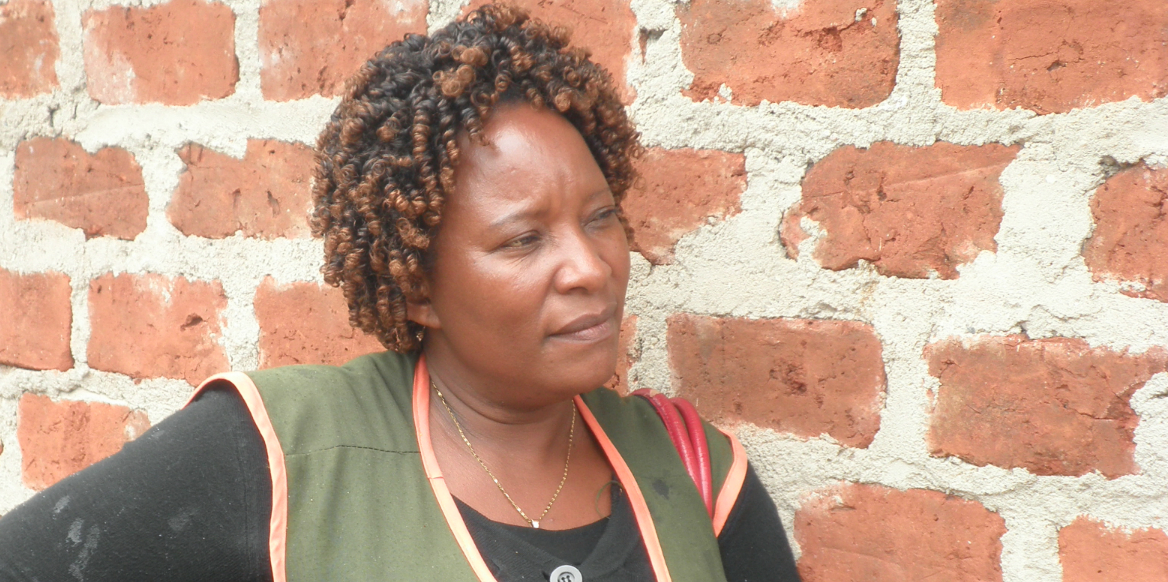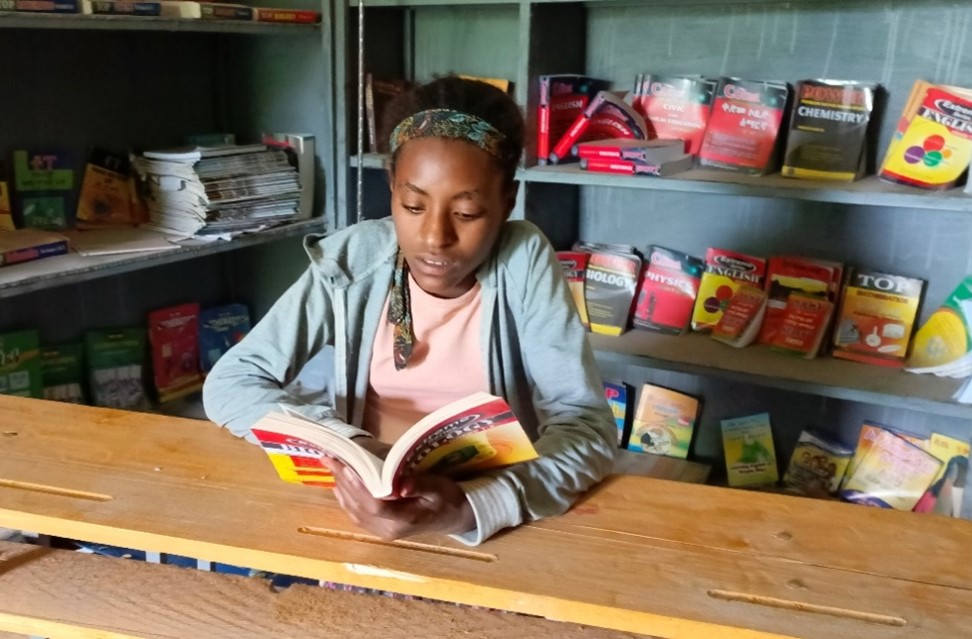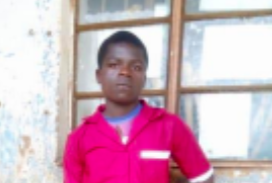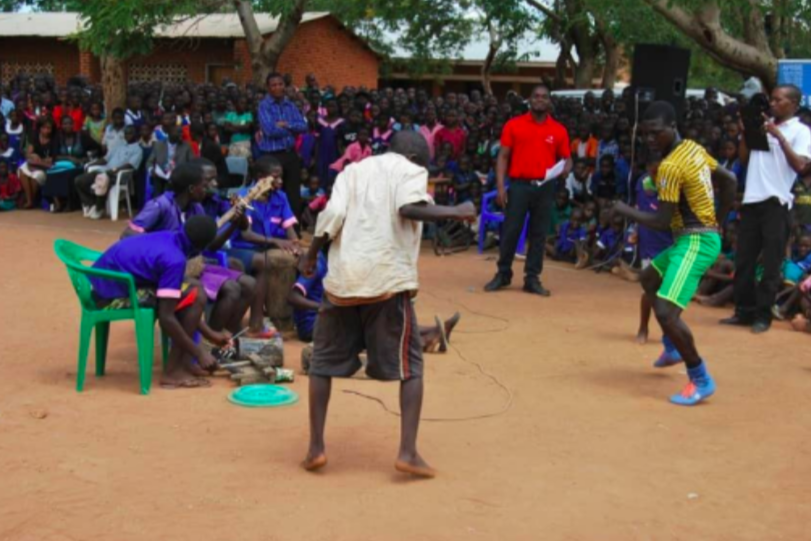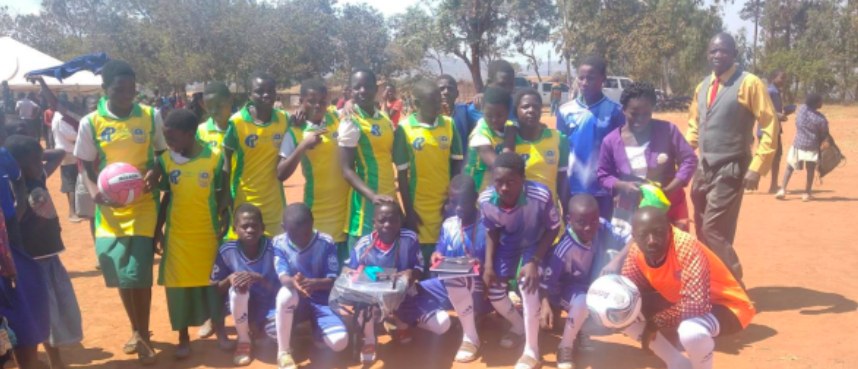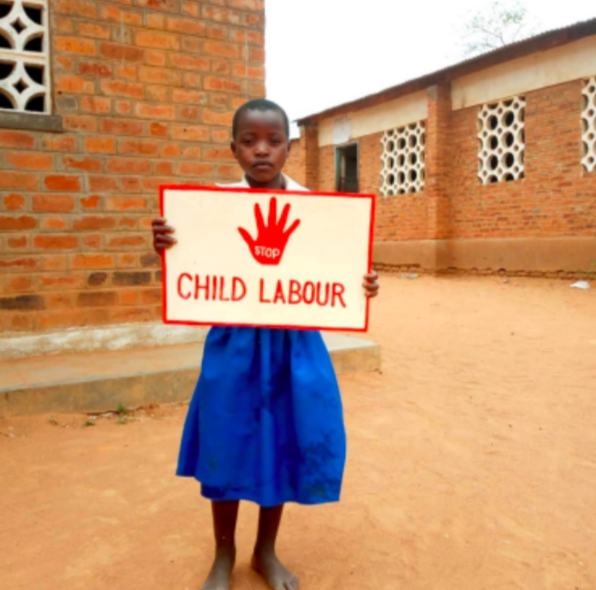Just a few years ago, Jacinta Namayanja did not know that child labour is a bad thing. Today she is one of the most active committee members in preventing it.
In 2010 Jacinta was selected to join the child labour free zone committee in her hometown in Kitubulu, an area of 8,000 households in Western Uganda. “At first I was a bit scared”, she says. “I didn’t know anything about child labour. I even had a little girl working as a housemaid myself.” She was cheap, and easy to instruct, Jacinta says. “In our community it was understood that children have to contribute. The children were fishing and collecting scrap.”
But after months of trainings and workshops, Jacinta understood that child labour is a bad thing. She remembers the moment it really got to her: she was at a workshop on child labour when the news came that two children had drowned while fishing at the lake. Jacinta sighs. “Thirteen and fifteen years old. That really touched me.” From that moment on, Jacinta worked tirelessly in the community to spread the message about child labour and get the children into school. In addition to her regular job as a teacher, the committee work takes her about two days a week. It is unpaid volunteer work.
The first step was to identify all the working children, which wasn’t difficult: she knew the children of her village well. But then the more complicated work began: convincing the families to send their children to school. “It is very difficult to change an attitude that people have had for so long”, she explains. “You have to be persistent, and spend a lot of time talking to the families.”
Jacinta clearly remembers her home visits to Siama Bakal, mother of a boy (9) and a girl (13). “The children were selling fish by the side of the road. During school hours as well.” Their mother was a bit reluctant to start with. “She didn’t like us at first. She saw us as strangers.” But Jacinta kept visiting Siama. Week after week, month after month. And as time went by, Siama started to trust Jacinta.
So she started to listen and understand the consequences of child labour. Together they came up with ways to address the lower income Siama would have when her children would go to school. Siama started a stall in front of her house so she could smoke and sell the fish herself. A year after Jacinta first visited Siama, her children went to school.
The most common reason Jacinta hears during her home visits is that parents do not send their children to school because they are poor. Another one is that girls will end up in the home anyway, so why educate them? “We tell them to think about the future. That they can end the cycle of poverty.” Role models – for example a girl who went to school and became a teacher – are very important in these talks. “I am one of them”, she says, somewhat shyly.
But the many home visits and hours of talking have paid off. Now almost all children in the region go to school.
And although the work in her own village is never done – it is an ongoing process – Jacinta and the rest of her committee decided to take it to a whole new level. They became an official organisation, a CBO (Community-Based Organisation). With that status they can work in an even bigger region and reach other villages. This will enable them to attract more driven people like Jacinta, spread the word, and get all children into school.
>> Read more about the area-based approach towards child labour free zones

